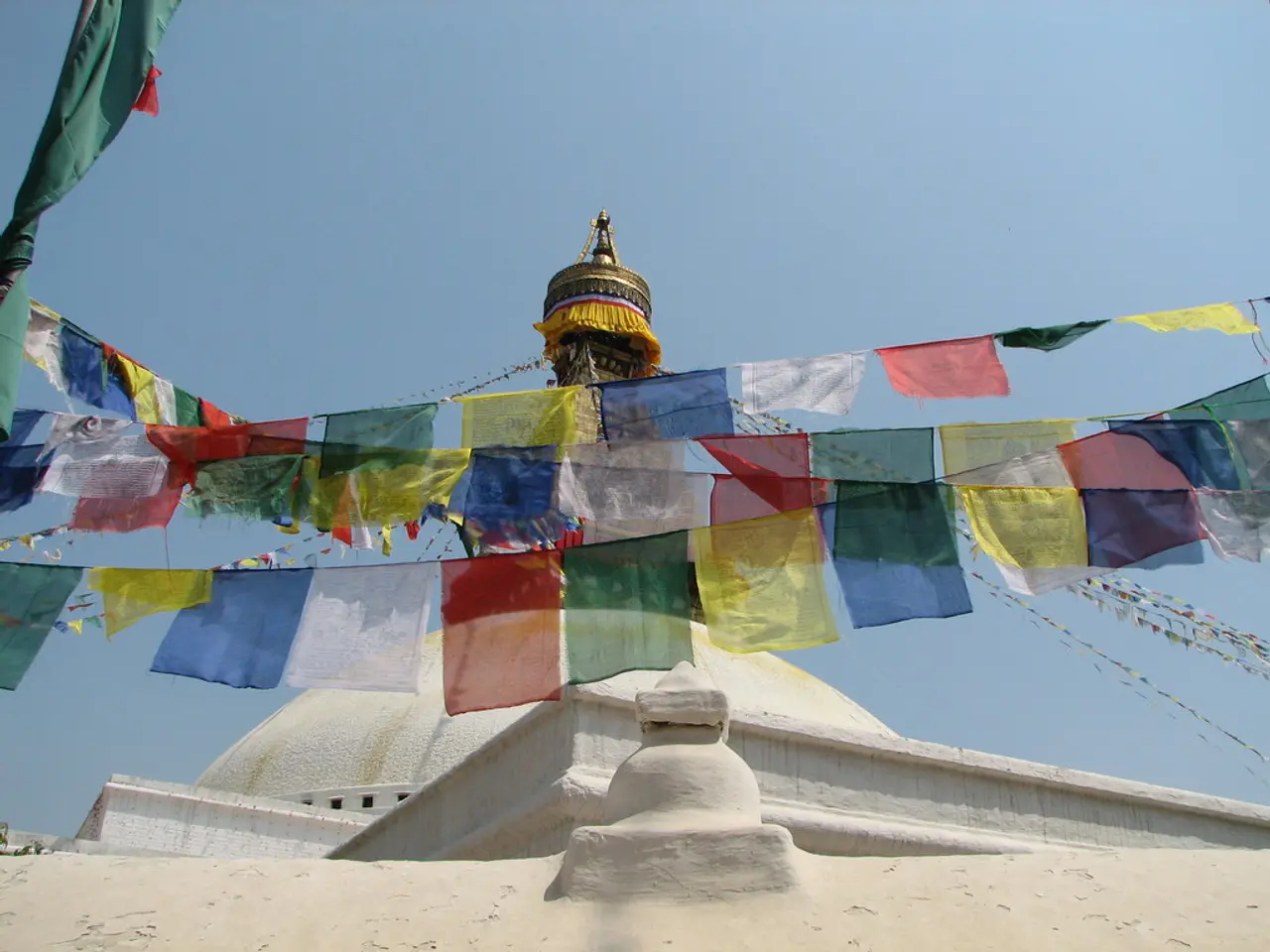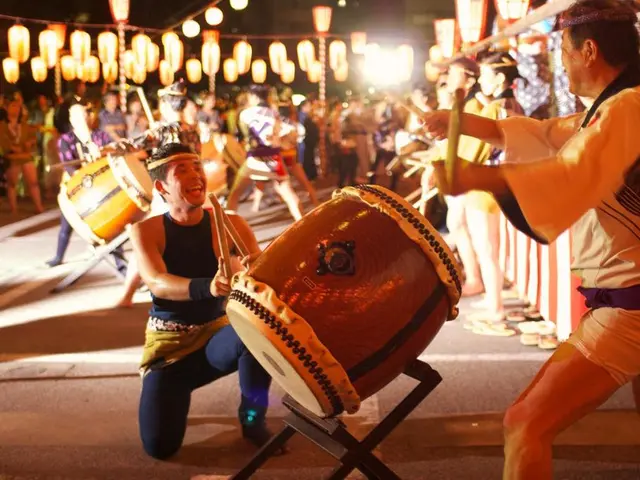Leaders in Cyprus pursue a seldom-taken path of reconciliation via restoration of a cemetery.
In a significant step towards reconciliation, active and cooperative restoration projects are underway in Cyprus, focusing primarily on cemeteries and significant religious monuments. These efforts, facilitated by the United Nations, funded chiefly by the European Union, and driven by local community involvement, are achieving tangible preservation outcomes and fostering intercommunal dialogue.
Cemetery Restoration Along the Green Line
Greek and Turkish Cypriots are collaboratively restoring cemeteries on both sides of the divided island along the buffer zone known as the Green Line. This initiative involves cleaning, repairing, and maintaining burial sites from both communities, symbolizing mutual respect and a desire for peaceful coexistence. Around 15 cemeteries in each community's area have been selected, with restoration work supported by EU funding of roughly €700,000 (~$815,000). This project is part of the U.N.-mediated Cultural Heritage Preservation Committee's confidence-building measures and has involved both volunteer and expert teams working together to preserve pre-1974 graves, repair walls from the Ottoman period, and renew headstones and inscriptions.
Restoration of the Panagia Kanakaria Monastery and Church
An EU-funded project has recently completed conservation work on the historic Panagia Kanakaria church in Lythrangomi, located in Turkish-occupied northern Cyprus. This monument is one of the island’s most significant early Christian sites, noted for its Byzantine-era mosaic and architectural heritage. The restoration was conducted under the technical guidance of the U.N. Development Programme with cooperation between Greek Cypriot and Turkish Cypriot experts via the Technical Committee on Cultural Heritage. This successful project reinforces the symbolic and practical importance of cooperation in preserving Cyprus' multicultural history.
Official Support and Leadership Engagement
Despite ongoing political tensions and differing views on the Cyprus issue, leaders such as Turkish Cypriot President Ersin Tatar and Greek Cypriot leader Nikos Hristodulidis have endorsed and advanced the restoration efforts, signaling a rare move toward cooperation. The projects are recognized as one of six confidence-building measures agreed upon under U.N. mediation.
The village of Taskent, historically marked by the 1974 Cyprus Peace Operation, is not explicitly mentioned as one of the fifteen cemeteries under restoration. However, it is important to note that the remains of those killed in Taskent are located in a separate memorial in the Turkish Republic of Northern Cyprus. The restoration work in Taskent is funded by the European Union, as part of restoration projects worth €700K ($817K).
These joint efforts, while focused on cultural heritage preservation, serve as a foundation for peace and mutual respect in a historically conflicted region. They reflect a broader understanding that maintaining shared sites across the divide can foster understanding and pave the way for a more peaceful future.
- The European Union, alongside the United Nations, is providing significant funding for the restoration of 15 cemeteries on both sides of Cyprus, demonstrating their commitment to cultural heritage preservation and peacebuilding.
- Turkish Cypriot President Ersin Tatar and Greek Cypriot leader Nikos Hristodulidis have shown support for the cemetery restoration projects, marking a rare instance of cooperation amid ongoing political tensions.
- In a multi-communal endeavor, Turkish-occupied northern Cyprus's Panagia Kanakaria church has been restored, thanks to EU funding and technical guidance from the UN Development Programme, reinforcing the symbolic importance of preserving Cyprus' multicultural history and fostering intercommunal dialogue.








